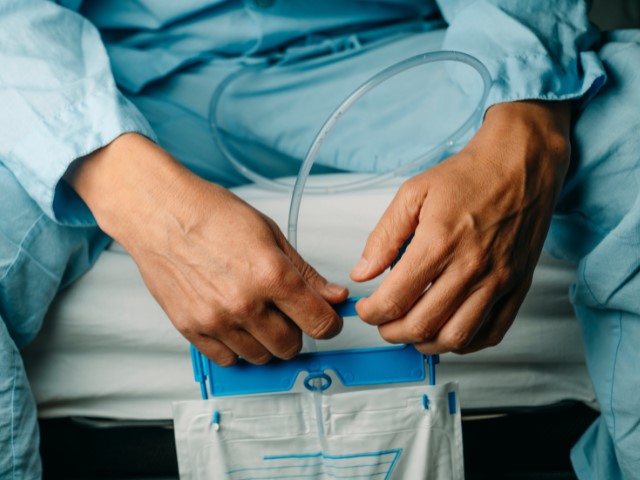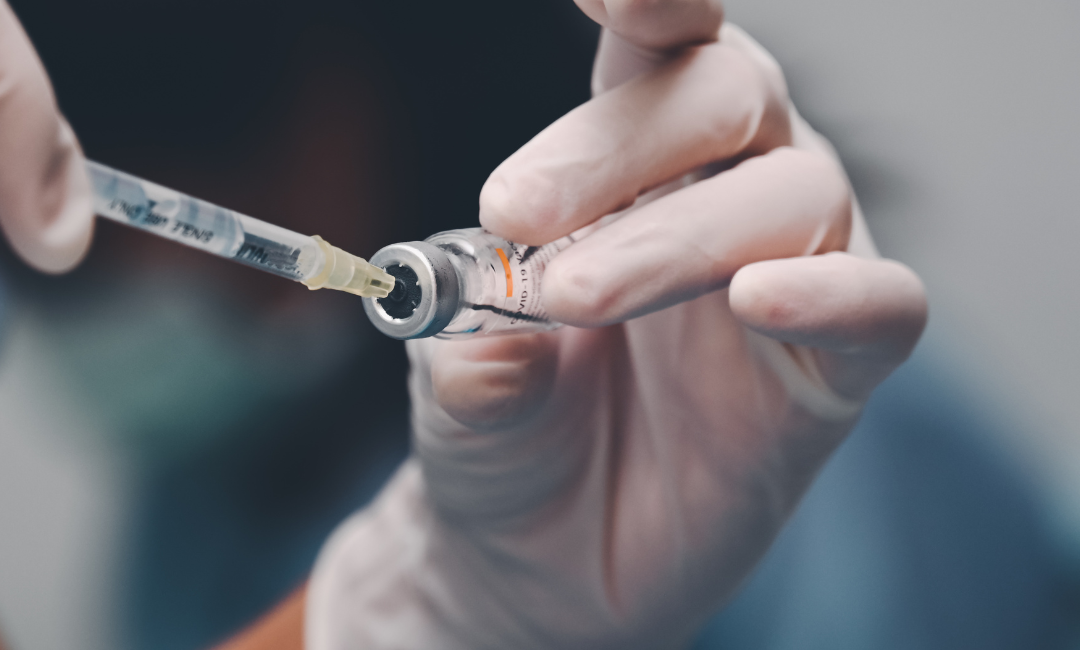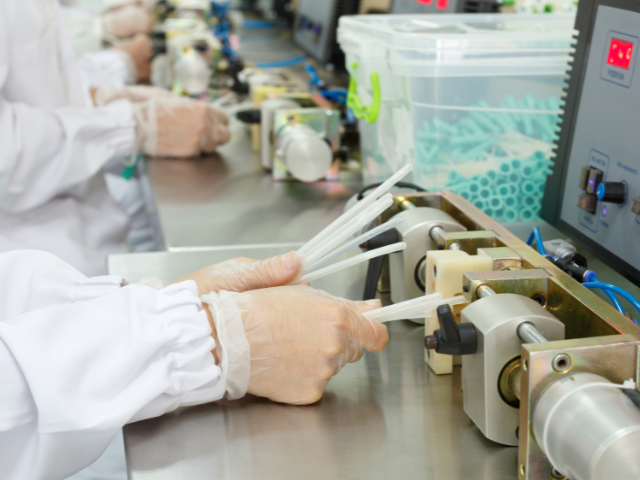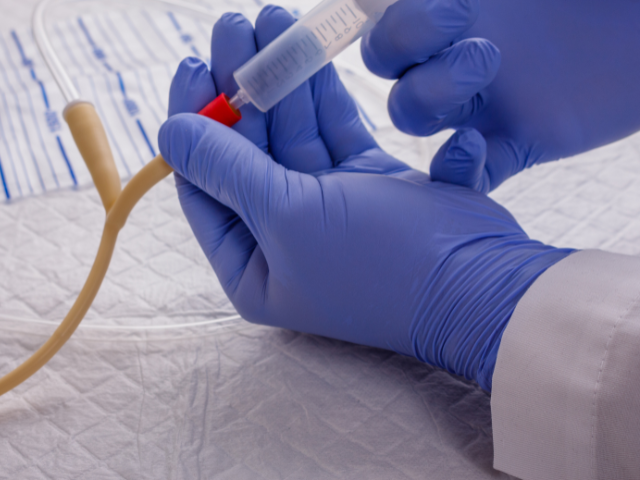What is a Urinary Catheter?
A urinary catheter is a hollow tube that collects and draws urine from the patient’s bladder directly to the attached drainage bag. It can be made of rubber, silicone, or PVC plastic and comes in various forms and sizes.
Uses of Catheters
Urinary catheterization is most commonly done to collect urine when the patient is not ambulatory and cannot go to the toilet. It’s also used for other purposes, such as:
- To relieve urinary retention that exerts pressure on the patient’s kidneys
- To collect a sterile urine sample from a woman to obtain a urine culture
- To measure the residual amount of urine in the bladder when it’s not emptied completely
- To obtain urine samples when other ways are not possible (mostly when the patient is dependent on diapers)
- To get the urinary bladder emptied before and during surgery and before some diagnostic examinations.
Types of Catheters
Generally, there are two types of catheters: internal and external.
Internal catheters include straight, indwelling, and suprapubic.
The straight catheter, a red rubber catheter or straight cath, has only a single lumen and lacks a balloon near the tip. It’s less commonly used and is inserted only for the time it takes to drain the bladder or obtain a urine specimen.
An indwelling catheter, also known as a Foley or retention catheter, has two lumens, one for urine drainage and the other for balloon inflation near the tip. Three-way Foley catheters contain three lumens and perform continuous or intermittent bladder irrigation.
Suprapubic catheters are inserted directly into the bladder by making an incision in the abdomen, done while the patient is under effects of general anesthesia.
The external catheter includes a condom catheter. It is generally used for people with a penis and remains outside the body. It covers the urethra like a condom, and a tube is attached to the drainage bag that collects urine. This type of catheter is used in patients who don’t have urinary retention problems but have some physical or mental disability. It has the benefit of posing a lower risk of urinary tract infections.
Grading of Catheters
The grading of catheters is done on the French scale, according to the size of the lumen. For an adult female, numbers 14 and 16 French catheters are used. Usually, small catheters are not used as they have a small lumen size, which increases the time required to empty the bladder. Larger catheters distend the urethra, increasing the patient’s discomfort. Numbers 18 and 20 French catheters are most commonly used for male adults. However, if they seem significant, small catheters should be used. For children, French catheters numbers 8 and 10 are often used.









